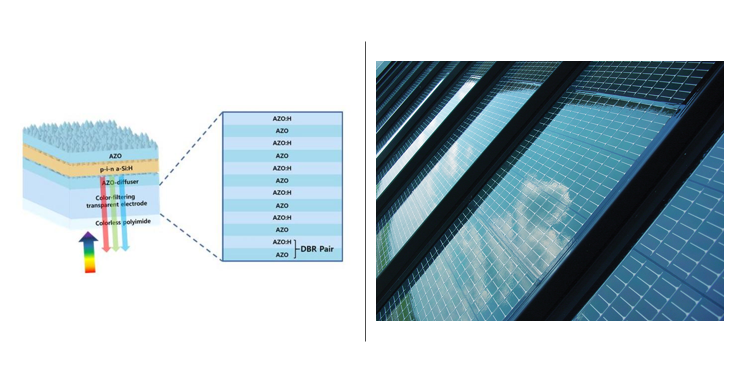August 15, 2023
Discovery Could Help Humans Interface With Smart Devices
Researchers recently reported a new discovery that allows gold to be tattooed in arrays or patterns onto living cells at the nanoscale. The method could eventually be used to integrate smart devices with living tissue for biomedical applications, including bionics and biosensing. Specifically, the proof-of-concept technique is able to tattoo or imprint living cells and tissue with gold nanodots and nanowires. Researchers David Gracias, Luo Gu and colleagues had the goal of creating a nontoxic, high resolution lithographic technique to integrate nanomaterials with living cells and tissue, and they did so quite effectively. The researchers first employed nanoimprint lithography to imprint a pattern of gold lines or dots onto a polymer coated silicon wafer. The polymer is subsequently dissolved to free the gold nano-pattern and place it on a thin piece of glass. Then the gold is functionalized with cysteamine and covered with a hydrogel layer, that when peeled away, peels off the gold pattern from the glass. The flexible hydrogel/gold pattern is then coated with gelatin and attached to live fibroblast cells. Finally, the hydrogel is degraded to reveal the gold pattern on the cell. Similar methods were used by the researchers to imprint gold nano-patterns onto rat brains. Experiments indicated biocompatibility and guided cell migration and orientation. According to researchers the technique is cost-effective and could be used to attach other nanoscale components including antennas, electrodes, circuits, and much more. Learn more here.
August 31, 2023
Scientists Develop First Ever Transparent Thin Film Solar Cell
Scientists Develop First Ever Transparent Thin Film Solar Cell
Scientists from the department of energy and electronic materials at the Korea Institute of Materials Science recently developed the worlds first transparent thin film solar cell. The new solar cell shows various reflective colors without extensively compromising the efficacy of the solar cell. This new thin film solar cell is able to achieve reflective color with a single material by periodically mixing hydrogen into a zinc oxide material doped with aluminum, which constitutes a transparent electrode. The multilayer thin film was designed with a very low refractive index difference of less than 5 percent, and as a result the reflection loss in the visible light region that is absorbed by the solar cell device was significantly reduced. The technology can be applied to various absorbers for thin film solar cells thanks to its minimal effect on the solar cell’s efficiency. The novel technology is also expected to serve as a benchmark for the aesthetic enhancement of BIPV(Building Integrated Photo Voltaic) and VIPV(Vehicle Integrated Photo Voltaic). During the experiment, researchers formed multilayer thin films with different refractive indices through periodic hydrogen reactions while depositing zinc oxide thin films using the vacuum sputtering deposition method used in general semiconductor and solar cell manufacturing processes. Learn more here.


